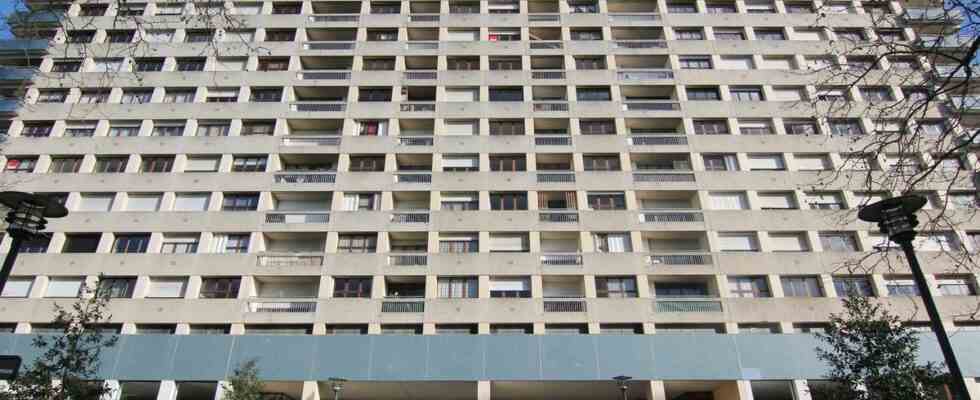It’s a very small 250-meter stretch of tunnel, far from the 14 kilometers of line B that all Rennes residents are impatiently waiting for. Under the Kennedy slab, this short extension of the terminus of line A of the metro will however require colossal work. And above all cost an arm. For this portion of the station expansion alone, the work is estimated at 87 million euros. “Exclusive of taxes, without site hazards or inflation of materials”, beware Matthieu Theurier.
After several postponements of the opening of line B, the vice-president of Rennes Métropole delegate for transport prefers to be cautious when the work is so complex. “As soon as you touch the metro, everything is very expensive”. This Tuesday, the construction site will be presented to the inhabitants of the district at a public meeting. A six-month consultation for a project that promises to be delicate on certain aspects.
Inaugurated in 2002, line A of the Rennes metro could reach saturation when its little sister bursts in. At the Kennedy terminus, it is restricted by the absence of a storage station, which prevents it from running more than 30 trains simultaneously. It is to improve the rate and tend towards the incredible figure of a metro every 66 seconds that the metropolis wishes to invest heavily.
A delicate passage under a building
To achieve this, it will be necessary to lengthen the tracks, build a second platform and develop a storage station with the aim of circulating 36 trains simultaneously by 2028. “Most of the work will be done underground so there will be little impact on surface life. Our big point of vigilance is when we have to dig the 250 meters and pass under a condominium, ”warns the elected ecologist. This covered trench will pass through a mouse hole and slip between the foundations of a large residential building on Avenue de Guyenne. Add to that a route that will flirt with the parking lot and you will understand why this project should cost 100 million.
This high amount is the price to pay to gain 25% capacity on line A and move towards the maximum figure of 9,300 people transported per hour. A significant financial effort that will smooth out the hyperpeaks of attendance and absorb the 100,000 daily passengers expected on line B. Already informed of the construction site, the population is still wondering about the impact of the works, particularly concerning parking and traffic, already complicated in Villejean. Residents have time to prepare for it. The work should start in 2025 and be completed in 2028. “The site is complex, it will require long study times,” warns Matthieu Theurier.

